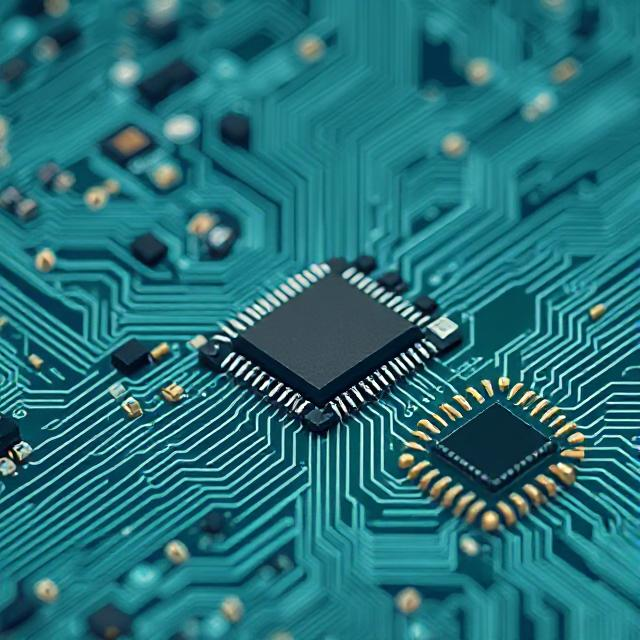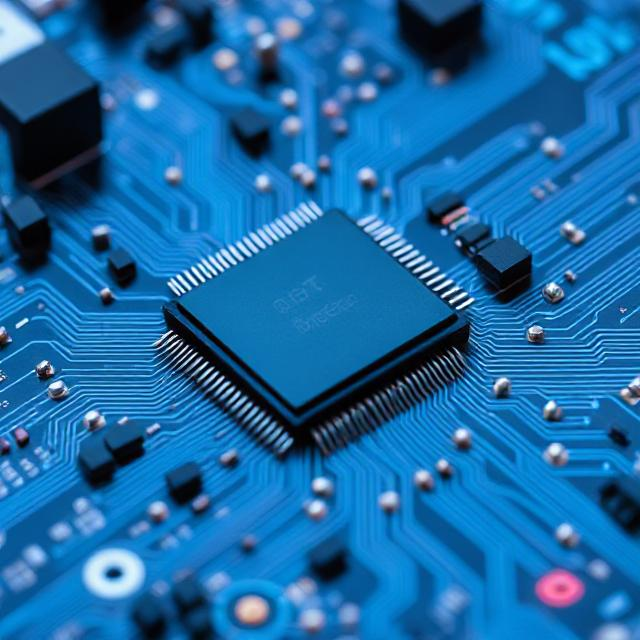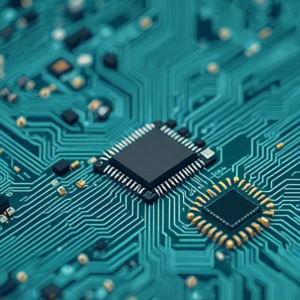Embedded systems are all around us—from smartphones and wearable fitness trackers to smart thermostats and industrial machines. These systems are often designed to perform specific tasks with limited hardware resources and, in many cases, must operate for long periods on batteries or within strict energy budgets. As a result, power management in embedded systems is crucial for ensuring longer device operation, lower energy costs, and better overall performance. This article presents an easy-to-understand overview of power management strategies in embedded systems, focusing on practical techniques, modes of operation, and real-world applications.

What Is Power Management in Embedded Systems?
Power management refers to the practice of optimizing energy consumption in an embedded system while maintaining acceptable performance levels. The goal is to reduce power usage whenever possible—especially during idle times—without sacrificing reliability or user experience.
Embedded systems often run in environments where power is a limited resource, such as battery-powered IoT sensors, medical implants, or solar-powered devices. Efficient power management helps these systems operate longer and more efficiently.
Why Is Power Management Important?
-
Extended Battery Life: Devices like wearables or remote sensors need to run for months or even years on a single battery.
-
Lower Heat Output: Less power usage means less heat, which helps prevent overheating and component damage.
-
Environmental Benefits: Reduced power consumption leads to lower carbon emissions, especially in large-scale systems.
-
Cost Efficiency: In industrial or commercial applications, power-efficient systems reduce operating costs.
Common Power Management Techniques
1. Low-Power Operating Modes
Most embedded processors support several power-saving states that the system can enter during idle times:
-
Sleep Mode: The CPU stops while certain peripherals stay active. This is useful when the system is waiting for input or an event.
-
Deep Sleep / Stop Mode: More components are turned off, often including memory and clocks, while a few critical functions remain.
-
Standby / Hibernate Mode: Only essential wake-up circuits are active. The system can retain minimal state information to resume later.
-
Off Mode: Everything is turned off except for a wake-up trigger, such as a button press or timer.
Choosing the right mode based on system needs helps reduce power dramatically.
2. Dynamic Voltage and Frequency Scaling (DVFS)
DVFS allows the system to adjust the processor’s clock speed and voltage in real-time based on workload. Running at lower speeds consumes less energy, which is especially useful during light tasks or idle moments.
For example:
-
High performance = high voltage + high frequency
-
Low performance (or idle) = low voltage + low frequency
DVFS balances power and performance based on what the system is doing at any moment.
3. Peripheral Management
Peripherals like ADCs, communication ports, timers, and sensors should only be powered when needed. Unused peripherals can be disabled using:
-
Peripheral Clock Gating: Stops the clock signal to unused modules.
-
Power Gating: Cuts off power entirely to unused blocks.
This selective use of resources ensures energy is not wasted on inactive parts of the system.
4. Efficient Code and Scheduling
Software plays a key role in managing power:
-
Use interrupts instead of polling to let the processor sleep until something important happens.
-
Optimize algorithms to complete tasks quickly and let the system return to sleep mode.
-
Avoid unnecessary loops or background tasks that keep the CPU awake longer than needed.
Real-time operating systems (RTOS) can help by scheduling tasks more efficiently and managing sleep states automatically.
Power-Aware Design Considerations
When designing a low-power embedded system, it’s important to:
-
Choose low-power components: Microcontrollers (MCUs) and sensors designed for ultra-low power consumption.
-
Use low-dropout (LDO) regulators or switching regulators: For efficient power delivery.
-
Design for power domains: Split the system into separate areas that can be powered on/off independently.
-
Use energy harvesting: In remote or wireless applications, solar or kinetic energy can extend device life.
Real-World Applications
-
Smart Wearables: Use deep sleep modes and low-power Bluetooth to extend battery life.
-
IoT Sensors: Sleep most of the time, wake up periodically to take a reading and transmit data.
-
Medical Devices: Require reliable long-term operation, often powered by small batteries or rechargeable systems.
-
Automotive Systems: Manage power dynamically across multiple control units to reduce energy usage when the vehicle is idle.
Summary
Power management in embedded systems is all about maximizing efficiency without compromising functionality. Using a combination of hardware features (like sleep modes and DVFS) and software strategies (like efficient scheduling and peripheral control), developers can create systems that run longer, cooler, and more cost-effectively.











